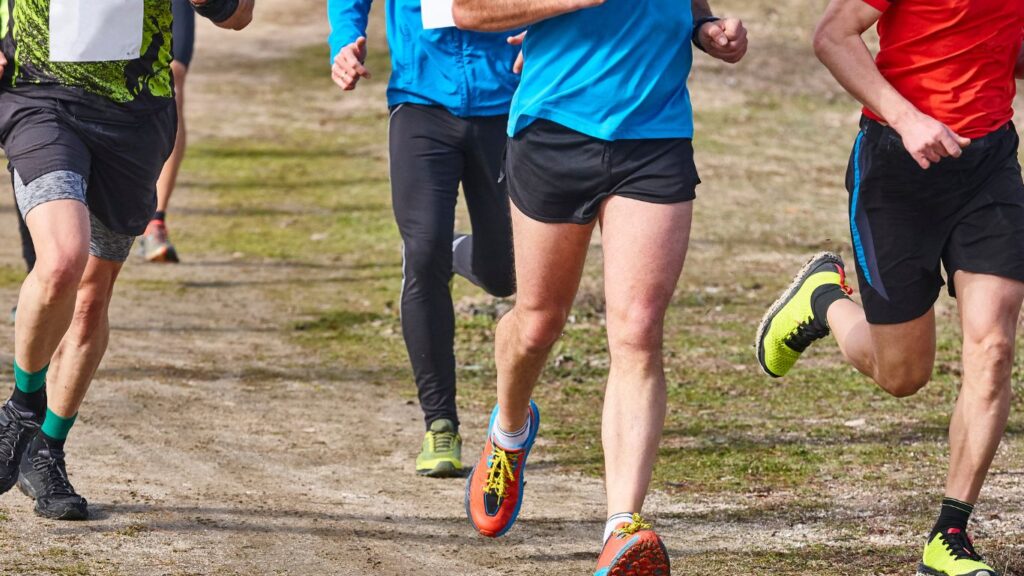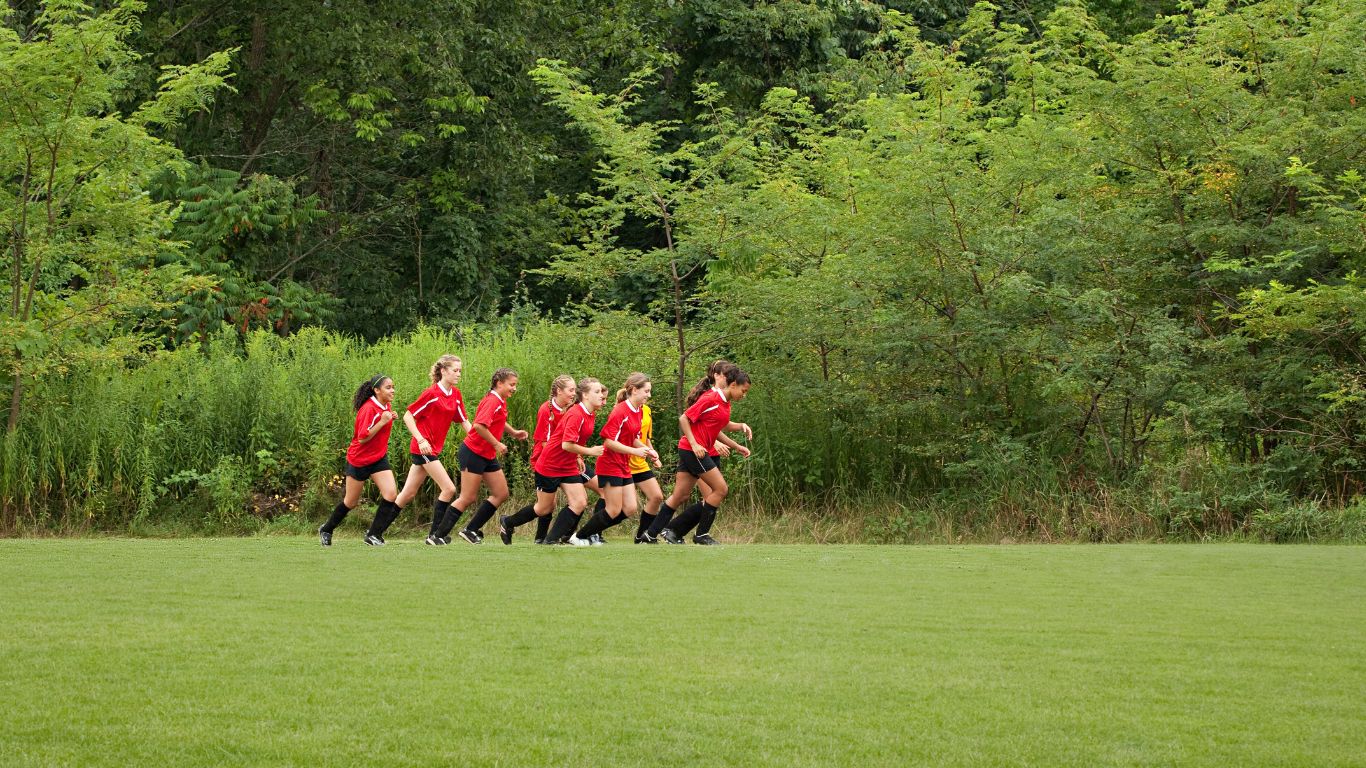Cross-country running, a sport that combines the elements of endurance, speed, and adaptability, has long been celebrated for its rigorous demands and natural beauty. The cross country challenges athletes with varying terrains, elevations, and conditions, unlike track running, making each race a unique testament to human perseverance and skill. This document explores the intricacies of professional long-distance cross-country racing, focusing on its history, significant competitions, athlete preparation, and the physical and mental demands placed on competitors. Understanding the standard distances, environments, and strategies employed in these events gives us insight into what makes cross-country running a revered component of the athletics world.
Standard Professional Cross Country Races
Professional races typically adhere to the standard 10-kilometer distance. This applies to elite competitions like the Olympics and World Athletics Championships. However, it’s worth noting that the specific course layout and its difficulty might vary depending on the host country’s topography and course design.
Race Lengths Across Categories
- Youth races can range from 3k to 4k.
- High School competitions are usually 5k.
- College athletes race over 8k to 10k.
- Elite professional races are generally 10k.
Determining Factors for Race Length
- Course Terrain: The nature of the course, including its hills, turns, and surfaces, can influence the race distance for safety and competitive balance.
- Competition Level: Higher levels of competition tend to feature longer races.
- Age and Gender Categories: Distances can vary based on age group and sometimes gender, though there’s a movement towards standardizing lengths across genders.

International Standards
Organizations like World Athletics define standards to maintain uniformity in international competition. While local and regional races can be of varying lengths, events that draw international participation, such as the IAAF World Cross Country Championships, typically offer races close to the 10k mark for seniors.
Ultra-Distance Cross Country
For athletes seeking more grueling endurance challenges, ultra-distance cross-country races exceed 10k. These events can cover anywhere from 30 kilometers up to ultra-marathon distances, such as 50k or even 100k. However, they are less common and cater to a niche group of long-distance runners.
FAQs
Q: What Determines a Cross Country Course’s Difficulty?
A: A course’s difficulty can vary based on terrain complexity, including elevation changes, surface type (grass, dirt, mud), and weather conditions on race day. The more unpredictable these factors, the more challenging the course.
Q: Can Amateurs Compete in Professional Cross Country Races?
A: While professional races are primarily for elite athletes, some events may offer amateur divisions or open races where hobbyist runners can compete under similar conditions.
Q: How Do Runners Train for Different Terrains?
A: Training usually involves a mix of workouts that improve endurance, speed, and strength. Runners also train on varied terrains to adapt their bodies and techniques to different course challenges.
Q: How is the Winning Runner Determined in a Cross Country Race?
A: The first runner to cross the finish line after completing the prescribed course distance is declared the winner. Team scores may be calculated based on the team members’ finish positions.
Q: What Role Does Strategy Play in Cross Country Racing?
A: Strategy is crucial in cross-country racing. Runners often have to decide when to conserve energy and when to push themselves, particularly when managing their pace over different terrains and elevations.
Q: Are There Different Tactics for Racing on Hills vs. Flat Ground?
A: Yes, runners often use different approaches for varied terrains. Uphill portions may require a more conservative energy expenditure, focusing on steady pacing, while downhill sections can allow for faster speeds with controlled descent techniques.

Conclusion
Cross-country running stands out as a discipline testing more than just an athlete’s speed; it’s a comprehensive challenge of endurance, strategy, and adaptability. The varying lengths and terrains of races bring forth a unique aspect of running beyond the track, pushing runners to excel under many conditions. From youth to elite professionals, cross country offers a diverse field where all competitors can find their stride. While the standard 10k races at prestigious events such as the World Championships are the pinnacle of competition, the sport provides ample space for runners of all levels to challenge themselves and grow. Regardless of the distance, the essence of cross-country running—a deep connection with nature, the thrill of competition, and the sheer joy of running—remains unchanged, making it a beloved sport worldwide.









